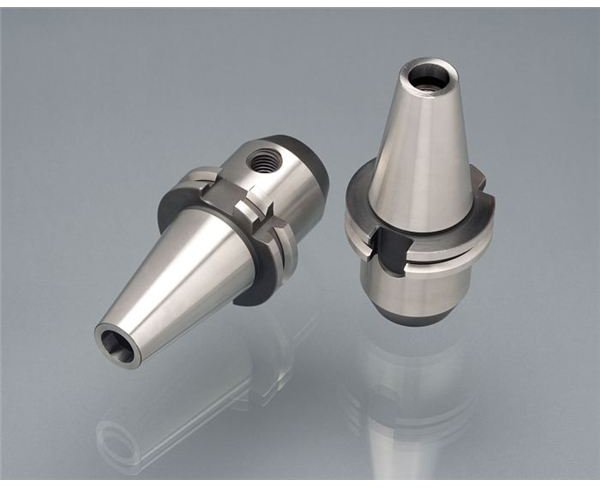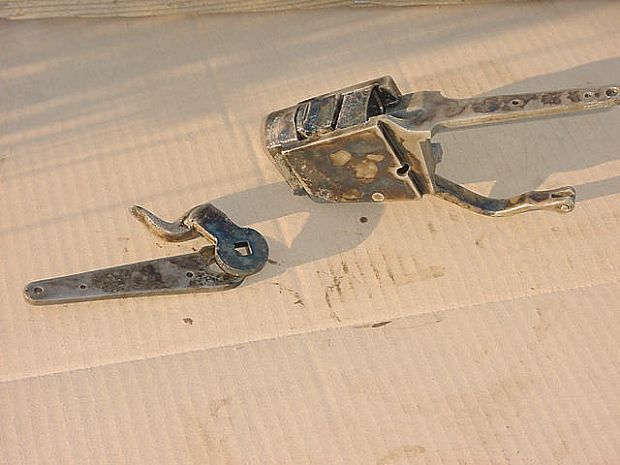

What materials can be flame hardened?įlame hardening is performed on parts made of mild steels, alloy steels, medium carbon steels and cast iron. … Tempering involves reheating the hardened tool/die to a temperature between 150-657 C, depending on the steel type. Hardening involves controlled heating to a critical temperature dictated by the type of steel (in the range 760-1300 C) followed by controlled cooling.

What is the difference between hardening and tempering? Food shrinks when it is dried, so use a fine mesh for smaller fruits and vegetables.

If the food is dried at a temperature that is too high, the outer surface will harden, preventing moisture from escaping from the center of the slice-this is called case hardening. You can initially set the temperature 10 degrees above if you have a lot of surface moisture on your produce from incomplete drying after preparing for dehydrating or natural moisture from cut produce. Keeping the correct temperature is key to preventing case hardening. Some common types of hardening include strain hardening, solid solution strengthening, precipitation hardening, and quenching and tempering. What are the different types of hardening process?Įach metal hardening process includes three main steps: heating, soaking and cooling the metal.

The process has the effect of toughening by lessening brittleness and reducing internal stresses. Tempering, in metallurgy, process of improving the characteristics of a metal, especially steel, by heating it to a high temperature, though below the melting point, then cooling it, usually in air. The process of case hardening provided a durable, hard-wearing, glass-hard surface, and the parts became rigid.” … Jonathan Irby, James Purdey & Sons’ gunroom manager, offered this: “The color finish was-and is-the by-product of the hardening process. Surface hardening hardens the outer surface and keeps the core soft throughout the entire process. The biggest difference between each process is that case hardening creates a thin layer on the surface. The biggest difference between surface and case hardening
Case hardening has zebra pattern full#
The main difference between case hardening and surface hardening is that case hardening increases the hardness of the surface of the metal by infusing elements into the materials surface, forming a thin layer of harder alloy whereas surface hardening increases the hardness of the surface while the core remains … What is the difference between case hardening and full hardening? What is the difference between case hardening and surface hardening? In this process the steel material is heated to a temperature of around 5500C and then exposed to atomic nitrogen. The main drawback of this hardening process is the depth of hardness is not uniform and cannot be controlled easily. What are the disadvantages of case hardening? Its cost is considerably less than induction hardening. It results in a hard surface layer of martensite over a softer interior core. What is flame hardening?įlame hardening is a heat treatment process where oxyfuel gas flames are directly impinged onto the gear-tooth surface area to be hardened which is then subjected to quenching. This forms a thin surface layer of higher carbon steel, with the carbon content gradually decreasing deeper from the surface. case- hardened – used of persons emotionally hardened “faced a case-hardened judge” How is case hardening done?Ĭase-hardening involves packing the low-carbon iron within a substance high in carbon, then heating this pack to encourage carbon migration into the surface of the iron. 1 : to harden (a ferrous alloy) so that the surface layer is harder than the interior. While the process is very controlled and the results are predictable, the exact color combination and pattern is unique to each firearm. What is Color Case Hardening? … The process leaves a hard surface finish and a layer of colored carbon with beautiful color variations.


 0 kommentar(er)
0 kommentar(er)
